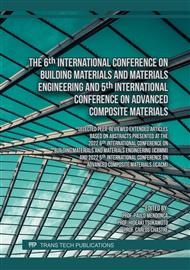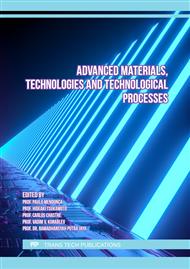p.137
p.165
p.173
p.181
p.187
p.193
p.201
p.213
p.219
Influence of Strain Hardening on Sectional Capacities of Cold-Formed Rectangular Hollow Steel Sections
Abstract:
Cold-formed steel members have been widely used in structural applications and have been included in current design standards. These current standards have been established on the basis of the idealized plastic behavior of material properties, whereas the rounded stress-strain curves are obtained with the significant strain hardening due to cold-forming processes. The predictions from the current standards become overly conservative compared to the actual strengths of cold-formed steel sections. A new design method named the Continuous Strength Method, therefore, has been proposed and developed to provide more accurate strength predictions of this structural type with the consideration of strain hardening effects. In this paper, this method is applied to investigate the sectional capacities of cold-formed rectangular hollow steel sections under compression or bending with the variation of ultimate strengths compared to the predicted strengths using the European Code.
Info:
Periodical:
Pages:
193-198
Citation:
Online since:
March 2023
Authors:
Price:
Сopyright:
© 2023 Trans Tech Publications Ltd. All Rights Reserved
Share:
Citation:



